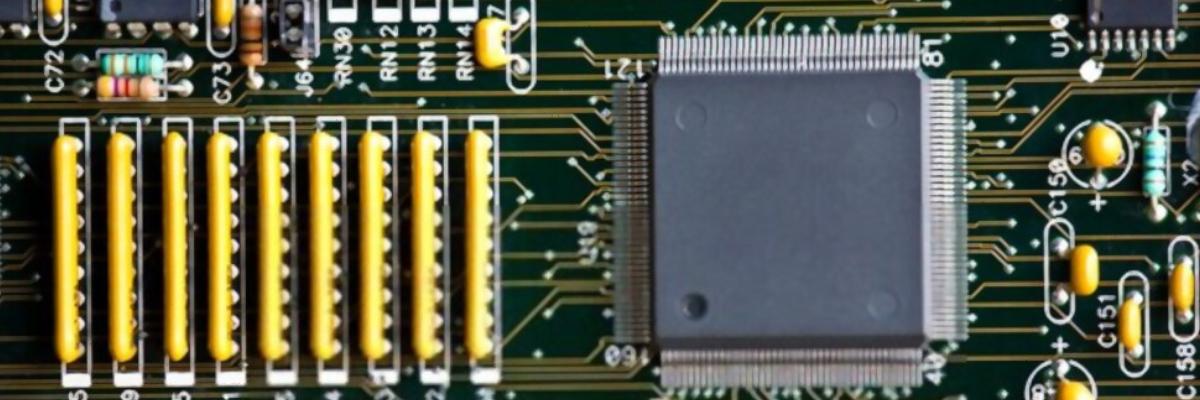PCB Temperature Causes, Management, and Solutions Discussed in Detail

PCB Temperature Causes, Management, and Solutions Discussed in Detail
Electronics is one of the fastest-changing industrial sectors. Today, most electronic devices are driven by technology. Although a lot has changed over the years, the printed circuit board remains one of the most integral components of electronic devices. These components drive the electronic circuits and are designed with utmost care. Several factors are taken into consideration when designing PCBs and temperature is one of them. A PCB is made of several components such as solder masks, through-hole, layers, holes, and so on. Any increase or decrease in temperature can affect the performance of these components.
How Much Temperature is Good for a PCB?
There are standard PCBs and high-temperature PCBs, and the following pointers will help you understand the difference between the two.
-
Standard PCBs: Most PCBs are made of FR-4, which is a glass epoxy laminate. These PCBs can withstand temperatures from 90 to 110 degrees Celsius.
-
High Temperature PCBs: These PCBs are designed for maximum glass transition up to 170 degrees Celsius. They are made of special high-temperature materials like ISOLA IS410, ISOLA IS420, ARLON 85N, VT -901, VT-90H, and so on.
Analyzing Different Causes of High PCB Temperatures
The temperature of a PCB may increase due to several reasons such as:
-
Malfunction of Components: As said before, the PCB designs have too many considerations. Each component is chosen keeping the end performance in mind. At times, the components may dissipate due to malfunctioning. This increases load on other components and leads to overheating of the PCB.
-
Improper Soldering of Heat Sink Components: Heat sink components are the ones that are mounted on the circuit board by the through-hole technique. Thus, these components are also referred to as through-hole components. These through-hole components also power the PCB. They produce heat which is dissipated into the air. This dissipation gets disturbed if the through-hole components are soldered incorrectly, thereby leading to overheating. This overheating may also be caused when some components interfere with the heat sink components.
-
Distance between Components: With high-density PCBs gaining priority, maintaining the distance between the surface mount and through-hole components becomes difficult for PCB designers. These components are positioned at an equal distance from each other to ensure a smooth and easy current flow. If these components are placed farther, the current flow will be slower. The components function only if they are maintained at a particular temperature. If the current flow is slower, the receiving components may go cool, and as a result, the nearby components may have to compensate by overheating.
-
High Frequency Circuits: The demand for high-frequency circuits is rapidly growing. These circuits have complex designs and they are used in various wireless industry applications. The circuits of this type demand high speed and they tend to generate more power to meet the necessities of the application. Thus, if a circuit board is not designed keeping the high power requirements in mind, there are all chances of their failure due to overheating.
Tips for Controlling the PCB Temperature
Generally, PCB engineers utilize the following methods to control PCB temperatures:
-
Heatsinks: As said before, most components on the PCB generate heat due to their current-carrying capacities. If this heat is not dissipated properly then it may lead to early failure of PCBs. So, adding heatsinks is essential to control the heat at micro-levels.
-
Laminates: Using high-temperature laminates is one of the proven ways of controlling the PCB temperatures. These laminates must be chosen based on their properties such as glass transition temperatures, moisture absorption, decomposition temperature, and Z-axis expansion.
-
Plate Width and Thickness: Heat dissipation capacity of the PCB depends on the thickness of the plates. Thicker plates are known to conduct less heat than thinner ones. The right plate thickness and width can be easily achieved with engineering.
There has been ongoing research on technologies that will help control PCB temperature, still, the above-discussed practices work. However, the only requirement is a little practice. This practice comes with experience. If you are planning to build PCBs for high temperature applications ensure that you partner with the right player or if you are looking for ways to reduce PCB temperature then it is better to approach an experienced manufacturer. Twisted Traces has been providing high temperature PCBs to its clients across diverse industries for several years now. The company provides rigid, rigid-flex, and flexible PCBs in different configurations that meet your temperature requirements and assure long-term performance too.
.png)



.png)
